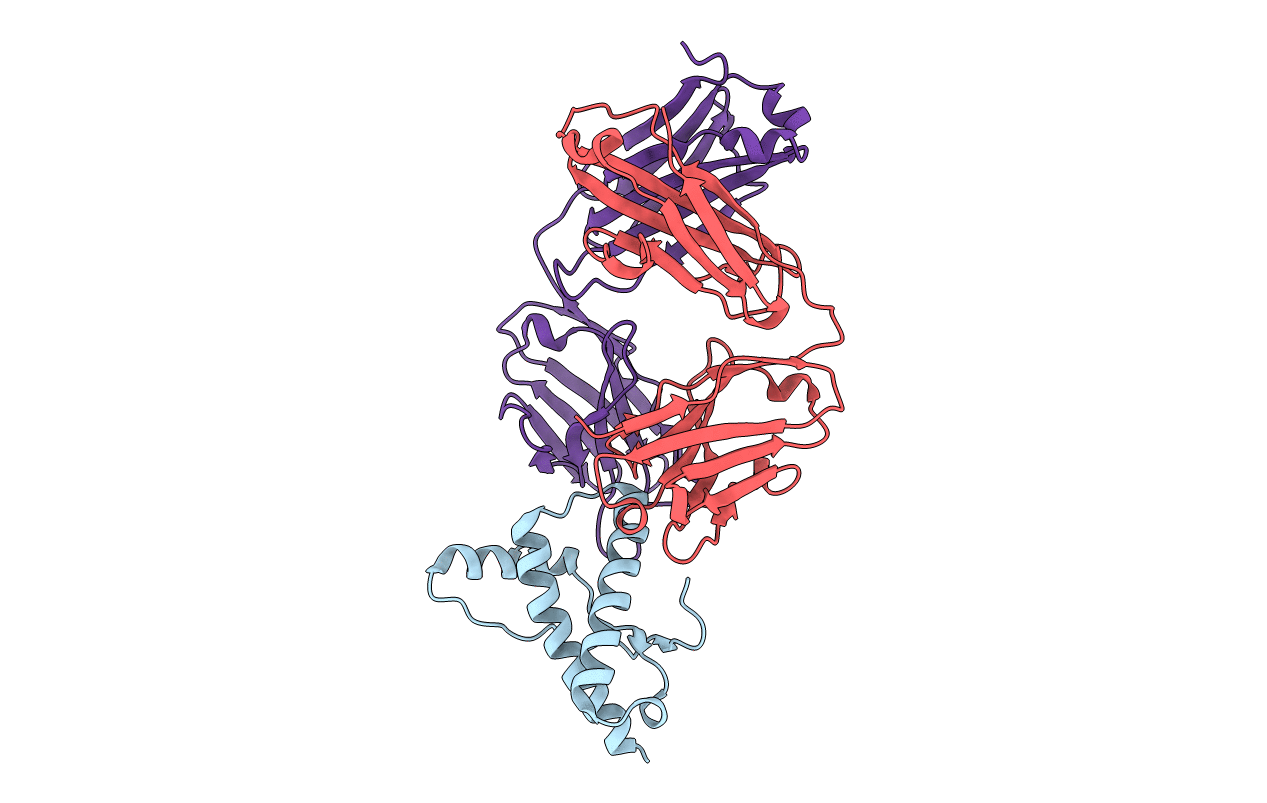
Deposition Date
2004-06-16
Release Date
2004-07-06
Last Version Date
2024-10-30
Entry Detail
PDB ID:
1TPX
Keywords:
Title:
Ovine recombinant PrP(114-234), ARQ variant in complex with the Fab of the VRQ14 antibody
Biological Source:
Source Organism:
Ovis aries (Taxon ID: 9940)
Mus musculus (Taxon ID: 10090)
Mus musculus (Taxon ID: 10090)
Host Organism:
Method Details:
Experimental Method:
Resolution:
2.56 Å
R-Value Free:
0.28
R-Value Work:
0.22
R-Value Observed:
0.22
Space Group:
P 21 21 2


